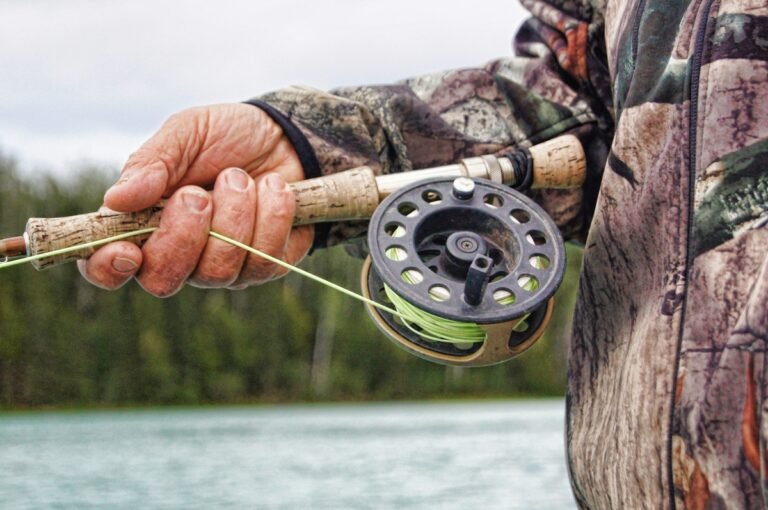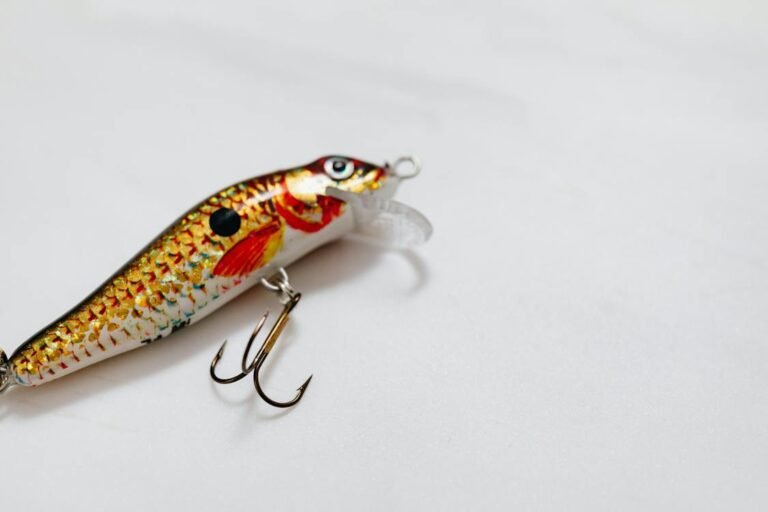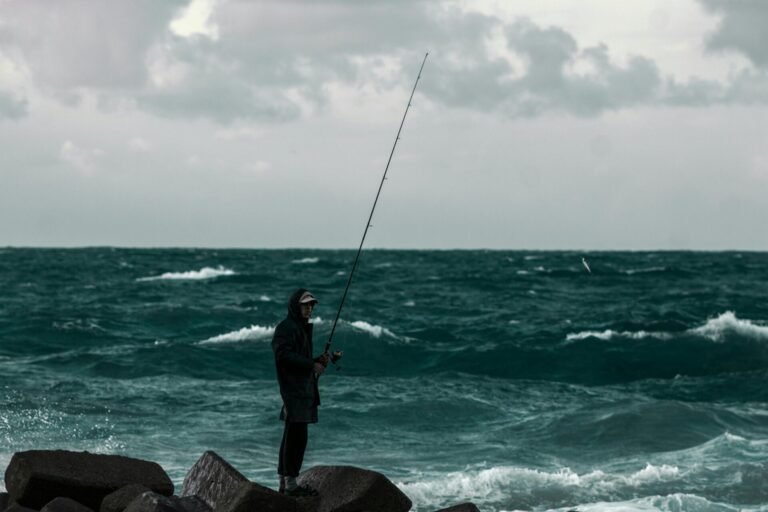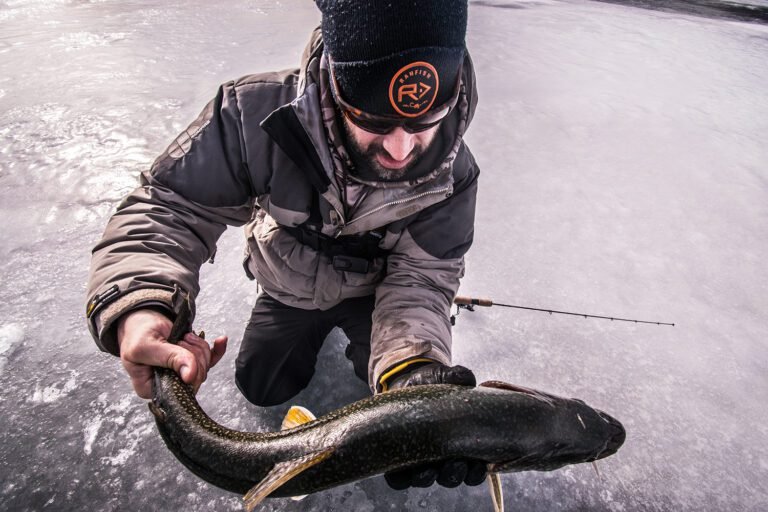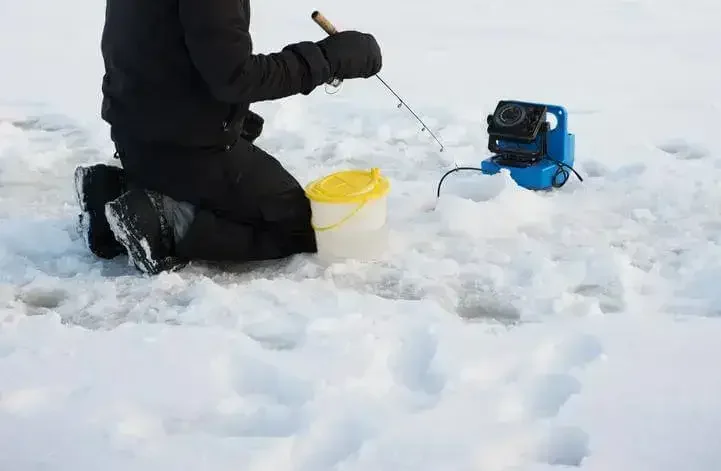As an angler, you will be aware that the rush of the catch is unmatched. And when it comes to bay fishing, the unique challenges and opportunities make for an especially exciting experience. However, a rod and reel are insufficient to succeed at bay fishing. You must be thoroughly aware of the bay’s environment, the behavior of various species, and the most effective methods for landing your catch.
This guide will teach you all you need to know to become a good bay fisherman, from selecting the correct equipment and bait to locating the finest areas and tactics for various species. Whether you’re looking for redfish, speckled trout, flounder, or other bay species, this guide will provide you with the knowledge and techniques you need to succeed on your next bay fishing excursion. Let’s dive in and discover the fascinating world of bay fishing!
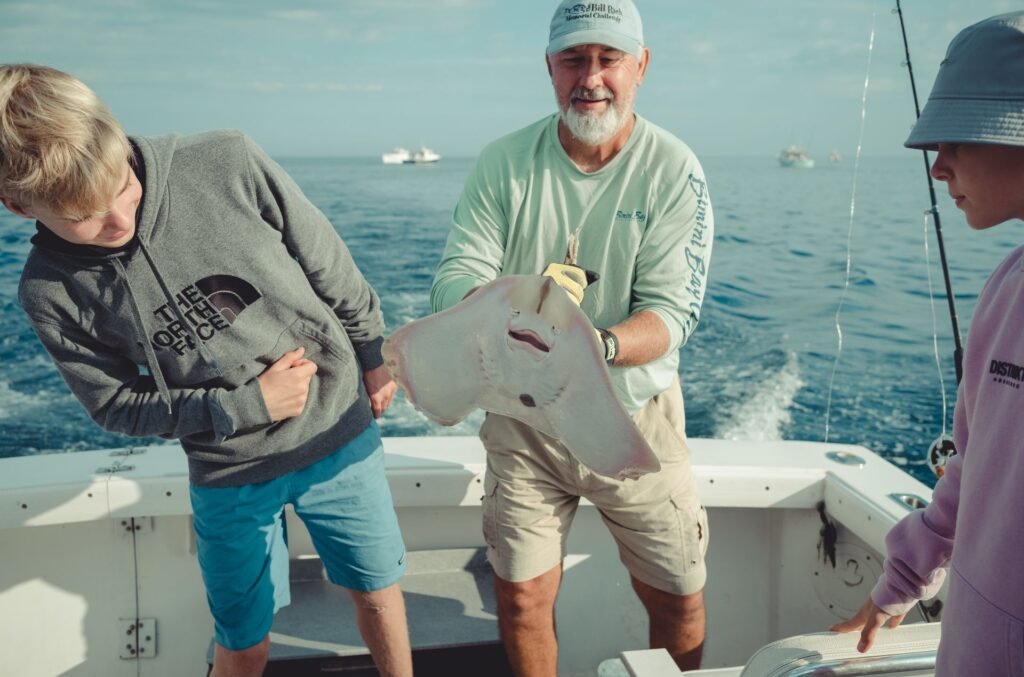
Equipment For Fishing In Bay
Here are some essential fishing gears you’ll need to consider for fishing in the bay.
A Fishing Rod and Reel
It’s crucial to select a fishing rod and reel combo that is appropriate for the size of fish you intend to catch. You will want a light spinning rod and reel with a 6–8 lb test line for smaller fish like sea trout. A medium to a heavy spinning rod and reel with a 12–20 lb test line is advised for larger fish like redfish or snook. The rod must also be capable of handling braided line, which is frequently used for saltwater fishing.
A Fishing Line
The fishing line connects you and the fish, so pick a monofilament or braided line that is compatible with the weight of your rod and reel. A line with a test strength of 10 to 20 lbs is adequate for most bay fishing activities. Braided lines are more sensitive and have less stretch than monofilament lines, enabling better hook settings. Monofilament lines are more flexible and forgiving.
Hooks and Lures
The type of fish you’re after will determine the kind of bait and lures you use when bay fishing. Redfish, snook, and sea trout are all excellent targets for live bait such as shrimp, crab, and mullet. If lures are more your style, you can target the same species using soft plastics like paddle tails, jerk baits, and topwater lures.
It’s crucial to consider the color and size when selecting your bait or lures. In general, clean water looks best with lighter colors like white, silver, or chartreuse, whereas muddy water looks best with darker colors like black, purple, or brown. Ensure your bait or lure is the appropriate size for the fish you are after.
A Well-balanced Boat
In order to successfully fish in bays, you need a boat that is well-balanced and capable of performing consistently under a range of circumstances. The boat should ideally be 20 to 25 feet long, while bigger boats are acceptable.
Find The Best Area For Bay Fishing
While planning a fishing trip in a bay, the first step you should take is to do some research on the location. Look for information on the water’s depth, currents, and structure because these are all significant elements that can affect where fish are found.
When fishing for a certain fish species, it’s critical to understand their eating patterns and preferred environments. For instance, if you want to catch redfish, seek locations with sand bottoms, seagrass beds, and oyster reefs. If you want to catch speckled trout, concentrate on places with drop-offs, channels, and other cover-giving structures.
The Best Time to Fish in the Bay
Early in the day or late at night, when the water is calm, and the fish are most active, are the ideal times to go fishing in the bay. It’s also crucial to pay attention to the tides since fish frequently follow them. Fish will search for food in the shallow water during low tide, making this an excellent opportunity to fish the bay’s edges.
The weather should also be considered, along with the time of day and the tides. Fish are less likely to be spooked by your presence on overcast days, making them ideal for fishing.
Techniques For Bay Fishing
There are several methods that can be successful while fishing in bays and inlets. Before anything else, paying attention to the movement of the fish and the water is critical. A fantastic approach to attract the fish you’re after is to cast your bait or lure close to an apparent school of fish or baitfish. While pursuing redfish or sea trout, slow and steady retrieves frequently produce the finest results. While for snook, a quicker retrieve with an occasional pause can result in a strike.
Using a popping cork is another method for fishing in the bay that can be successful. A popping cork is a device that produces a popping sound on the water’s surface, which can draw fish to your bait or lure. Use a leader line and adjust your bait or lure’s depth according to the depth of the water when employing a popping cork.
Types of Species You Can Target in Bays
Fish of many kinds, each with special attributes and characteristics, can be caught in these environments. Some of the most well-known fish that can be caught during bay fishing are mentioned below:
TYPES OF FISH
Bay fishing tips for beginners
Here are some tips to get you started and improve your chances of success if you’re a newbie looking to start bay fishing:
FISHING TIPS
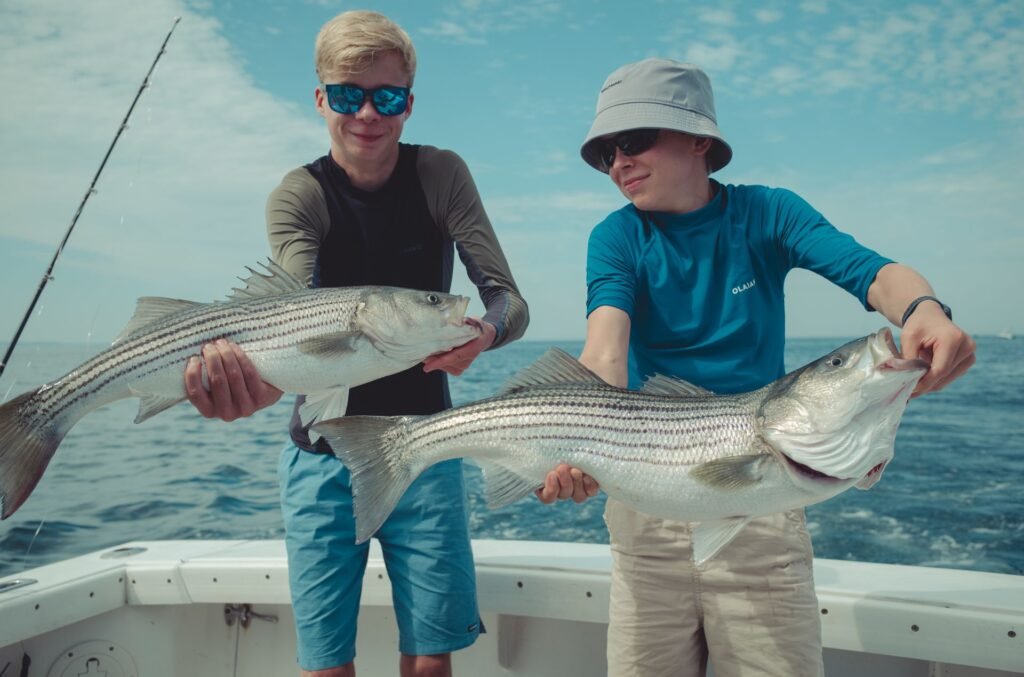
Common Bay Fishing Mistakes To Avoid
Here are a few mistakes that beginner fishermen should avoid while fishing in the bay:
FAQs
Conclusion
Fishing in the bay is a great way to spend a day on the water. It provides a special chance to discover the bay’s beauty and capture various fish. We realize the importance of having the proper equipment and information for a successful fishing trip. You can maximize your fishing experience by using our thorough instructions. Now gather your supplies and get ready to go fishing!


